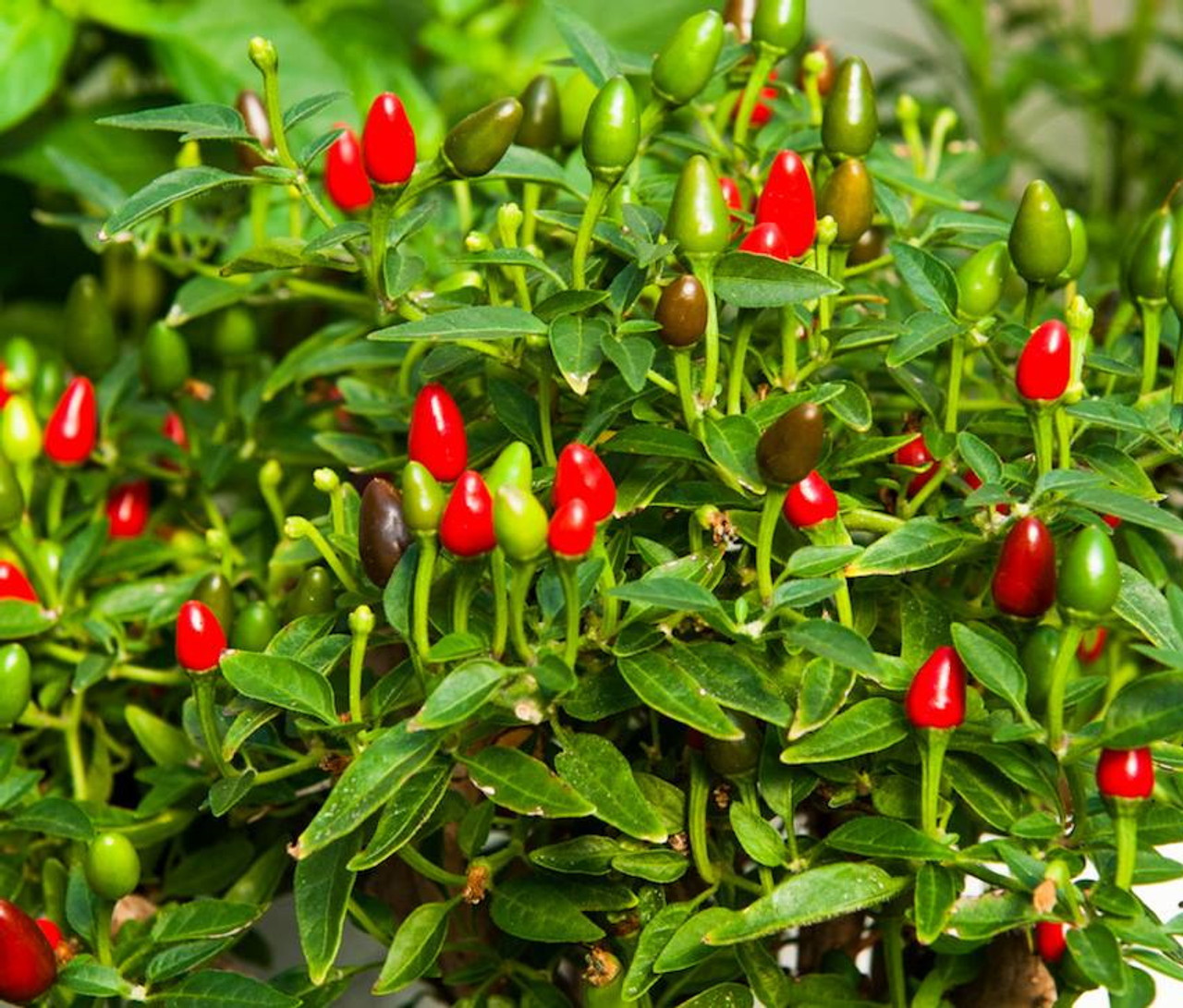Introduction: Chilli peppers, also known as hot peppers or simply chillies, are a favorite addition to various cuisines worldwide. Their vibrant colors and fiery flavors add a unique dimension to dishes, making them a staple in many gardens. While chillies are often grown in traditional garden beds, they can also thrive when cultivated in pots or containers. This article provides valuable information on how to successfully grow chilli peppers in pots, allowing even those with limited space to enjoy a bountiful harvest.
Selecting the Right Container
Size Matters
When opting for container gardening, choosing the right pot size is crucial. Chilli plants have extensive root systems, so select a container with a minimum diameter of 12-18 inches (30-45 cm) to ensure ample space for root growth. Additionally, make sure the pot has drainage holes at the bottom to prevent waterlogging, which can harm the plants.
Material and Quality
Containers made of terracotta, plastic, or glazed ceramic are suitable for growing chilli peppers. Each material has its advantages: terracotta provides good aeration, plastic retains moisture well, and glazed ceramic adds an aesthetic touch. Regardless of the material, ensure the container is sturdy and in good condition.
Choosing the Right Pepper Variety
Consider Space and Climate
Select chilli pepper varieties that are well-suited to your climate and available growing space. Compact or dwarf pepper varieties are ideal for small pots and indoor gardening, while larger containers can accommodate taller or bushier varieties. Research the optimal growing conditions and maturity periods for your chosen pepper variety.
Potting Mix and Soil Preparation
Well-draining Mix
Use a high-quality potting mix that provides good drainage and aeration. Avoid using garden soil, as it can lead to compaction and poor drainage in containers. A typical potting mix for peppers consists of a blend of peat moss, perlite, and compost.
Fertilization
Peppers are heavy feeders, so it’s essential to provide them with nutrients. Incorporate slow-release fertilizer into the potting mix or use liquid fertilizer during the growing season. Follow the manufacturer’s recommendations for application rates.
Planting Chilli Seeds or Transplants
Starting from Seeds
If you’re starting from seeds, sow them in seed trays or small pots indoors about 6-8 weeks before the last expected frost date in your region. Once the seedlings have developed a few sets of true leaves, transplant them into your chosen containers.
Using Transplants
Alternatively, you can purchase young chilli pepper plants from a nursery or garden center. Transplant them into your containers after any risk of frost has passed. Ensure proper spacing between plants to allow for healthy growth.
Caring for Chilli Pepper Plants
Sunlight
Chilli peppers thrive in full sunlight. Place your containers in a location that receives at least 6-8 hours of direct sunlight daily. If growing indoors, use grow lights to provide adequate illumination.
Watering
Maintain consistent soil moisture. Water the plants when the top inch (2.5 cm) of the soil feels dry to the touch. Avoid overwatering, as this can lead to root rot. Use a saucer under the pot to catch excess water.
Pruning and Support
Prune the pepper plants to encourage bushier growth and better airflow. You can use stakes or cages to support taller varieties as they grow.
Harvesting Chilli Peppers
Chilli peppers can be harvested once they reach their desired size and color. Gently twist or cut the peppers from the plant to avoid damaging the stems. Regular harvesting encourages continued fruit production.
Conclusion
Growing chilli peppers in pots or containers is a rewarding experience that allows individuals with limited space to enjoy a bountiful harvest of these fiery delights. With the right container, potting mix, variety selection, and care, you can cultivate healthy and productive chilli plants that will spice up your culinary adventures. Whether you have a small balcony, patio, or even a sunny windowsill, growing chilli peppers in pots is a versatile and accessible gardening option.


